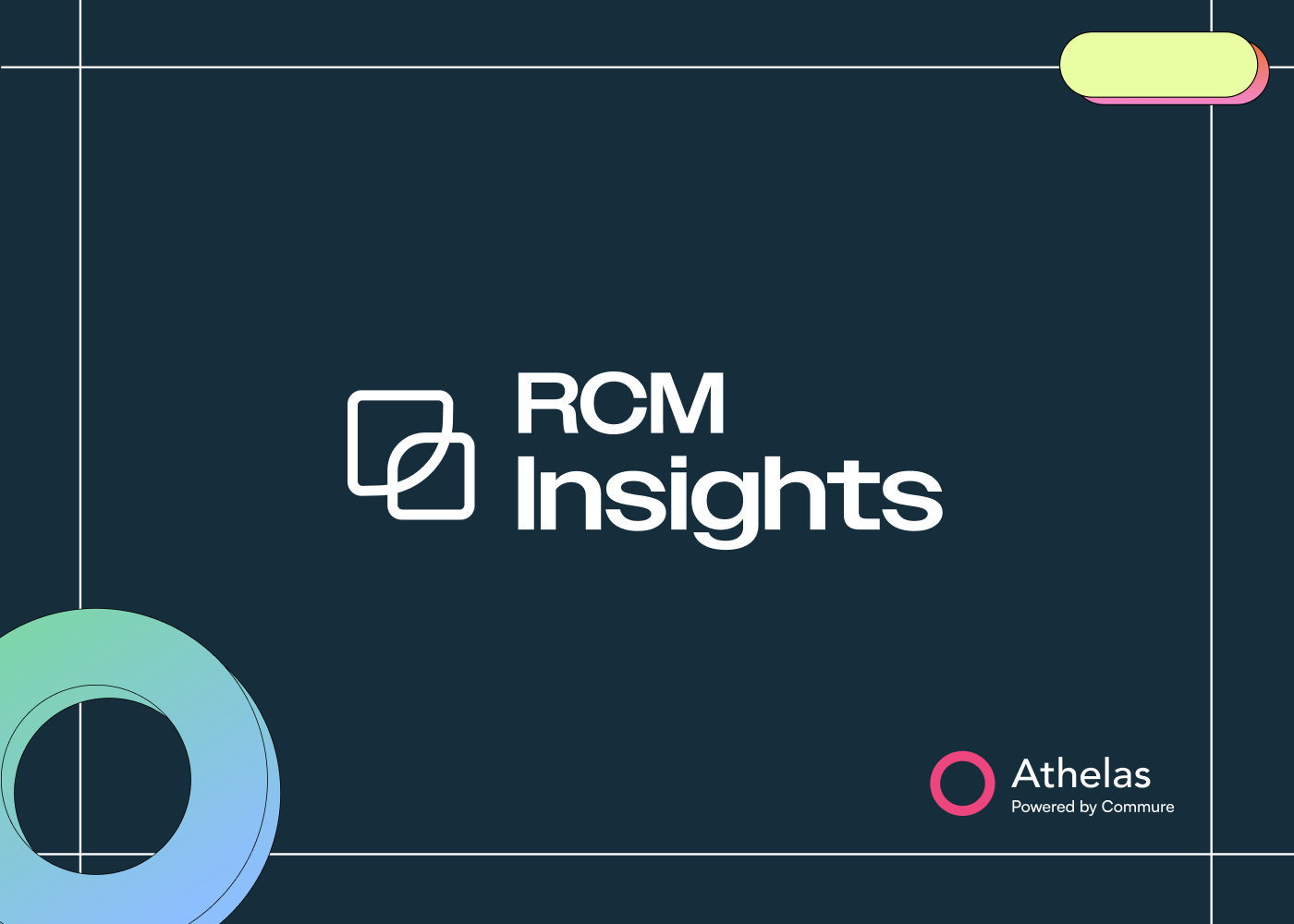In rural health management, where access to in-person care can be limited by geography and resources, CPT 99358 helps in compensating providers for prolonged non-face-to-face evaluation and management (E/M) services. This code covers the first hour (30-74 minutes) of extended time spent before or after direct patient care, such as reviewing extensive records or coordinating with specialists, often in relation to an E/M service on a different day. Add-on code +99359 applies for each additional 30 minutes beyond 74 minutes. With rural populations facing higher rates of chronic conditions, these codes support remote care coordination, but billing requires careful adherence to guidelines to avoid denials, especially amid evolving payer policies in 2025.
Billing Scenarios for Non-Face-to-Face Care
CPT 99358 is ideal for non-face-to-face scenarios in rural health, where providers often handle complex cases remotely to bridge access gaps. It must relate to an E/M service (e.g., office visit or telehealth) but occur on a separate date, with time not needing to be continuous but totaling at least 30 minutes. Common rural applications include:
- Extensive Record Review: Spending 45 minutes analyzing disorganized historical records for a new patient with multiple comorbidities, like diabetes in a remote area, to inform an upcoming telehealth E/M.
- Care Coordination: 60 minutes coordinating with urban specialists via phone or email for a rural patient's post-discharge plan, such as heart failure management, separate from the hospital follow-up visit.
- Patient/Family Communication: Prolonged calls (e.g., 50 minutes) discussing test results, treatment options, or barriers to adherence for isolated patients, enhancing chronic care without travel.
- Multidisciplinary Planning: Time aggregating data from various sources for high-risk rural obstetrics or elderly care, billed as 99358 if exceeding thresholds.
In 2025, Rural Health Clinics (RHCs) and Federally Qualified Health Centers (FQHCs) benefit from CMS updates allowing individual billing for non-face-to-face care management services, though 99358 itself may not directly apply; instead, it complements programs like Chronic Care Management (e.g., 99490) for prolonged efforts. Avoid billing on the same day as E/M codes like 99202-99215 or with psychotherapy, and cap at two hours per day (99358 + 99359). These scenarios optimize revenue for time-intensive rural care but require clear linkage to medical necessity, such as preventing readmissions.
Documentation Checklist
Robust documentation is essential for CPT 99358 to demonstrate compliance and withstand audits, particularly in rural settings where non-face-to-face care is prevalent. Payers demand proof of time, necessity, and non-duplication with other services. Use this checklist:
- Date and Relation to E/M: Specify the service date (different from any face-to-face E/M) and link to the associated E/M code/date (e.g., "Related to 99214 on [date] for chronic condition management").
- Time Spent: Record total duration (e.g., 45 minutes for 99358; must be 30-74 minutes, non-continuous OK) with start/end times if applicable; for +99359, note additional increments beyond 74 minutes.
- Service Description: Detail activities (e.g., "Reviewed 200 pages of prior records, coordinated with cardiologist, discussed plan with patient via phone"), ensuring they justify prolonged effort.
- Medical Necessity: Explain why extended time was required (e.g., "Complex rural patient with limited access; coordination prevented unnecessary ER visit"), supported by ICD-10 codes like Z59.7 (insufficient social insurance).
- Non-Duplication: Confirm no overlap with billed E/M, care management, or global services; include provider signature and credentials.
EHR templates can standardize notes, but always include supporting evidence like call logs for appeals. Incomplete time or rationale often leads to denials.
Payer Guidelines
Payer policies for CPT 99358 vary significantly, with Medicare notably excluding coverage, impacting rural providers reliant on federal programs. As of 2025:
- Medicare: Codes 99358 and +99359 are invalid (status "I" since 2023), not reimbursable; use alternatives like G2212 for prolonged office E/M or care management codes (e.g., 99490) for non-face-to-face time. For RHCs/FQHCs, the 2025 CMS rule shifts to individual HCPCS/CPT billing for 31 care management services, capturing prolonged non-face-to-face work in programs like Chronic Care Management, but not via 99358.
- Commercial Payers: Many follow CPT guidelines, reimbursing 99358 if documented properly; e.g., UnitedHealthcare requires medical necessity and time thresholds, but verify via portals as policies align with AMA CPT. Some may bundle into E/M or require prior authorization for rural telehealth-linked services.
- Medicaid and Others: State-specific; rural-focused plans may cover for care coordination, but check for frequency limits (e.g., max two hours/day) and non-duplication rules. Appeals for denials reference AMA CPT "A" status for active reimbursement.
In rural health, leverage 2025 CMS flexibilities for care management to bill prolonged efforts indirectly, reducing denials. Always confirm policies pre-billing, as variations can affect revenue in underserved areas.
By effectively utilizing CPT 99358 where covered, rural health providers can better sustain non-face-to-face care, improving outcomes for distant patients. Monitor annual updates from CMS and AMA for compliance.
How do you bill medicaid? Improve retention without hiring?
Get ahead of 2025 CMS changes?
Schedule a demo with Athelas today to find out.



